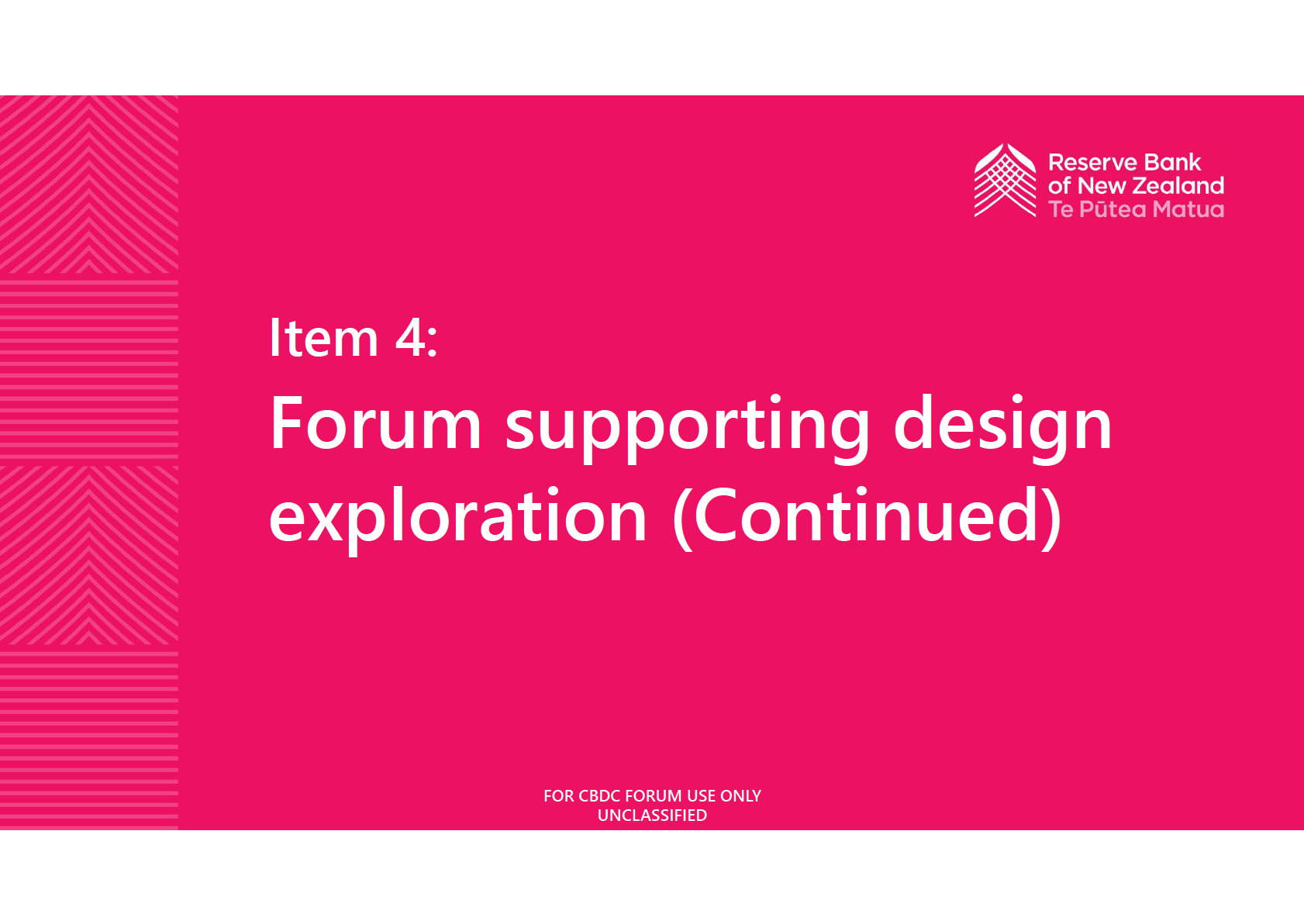


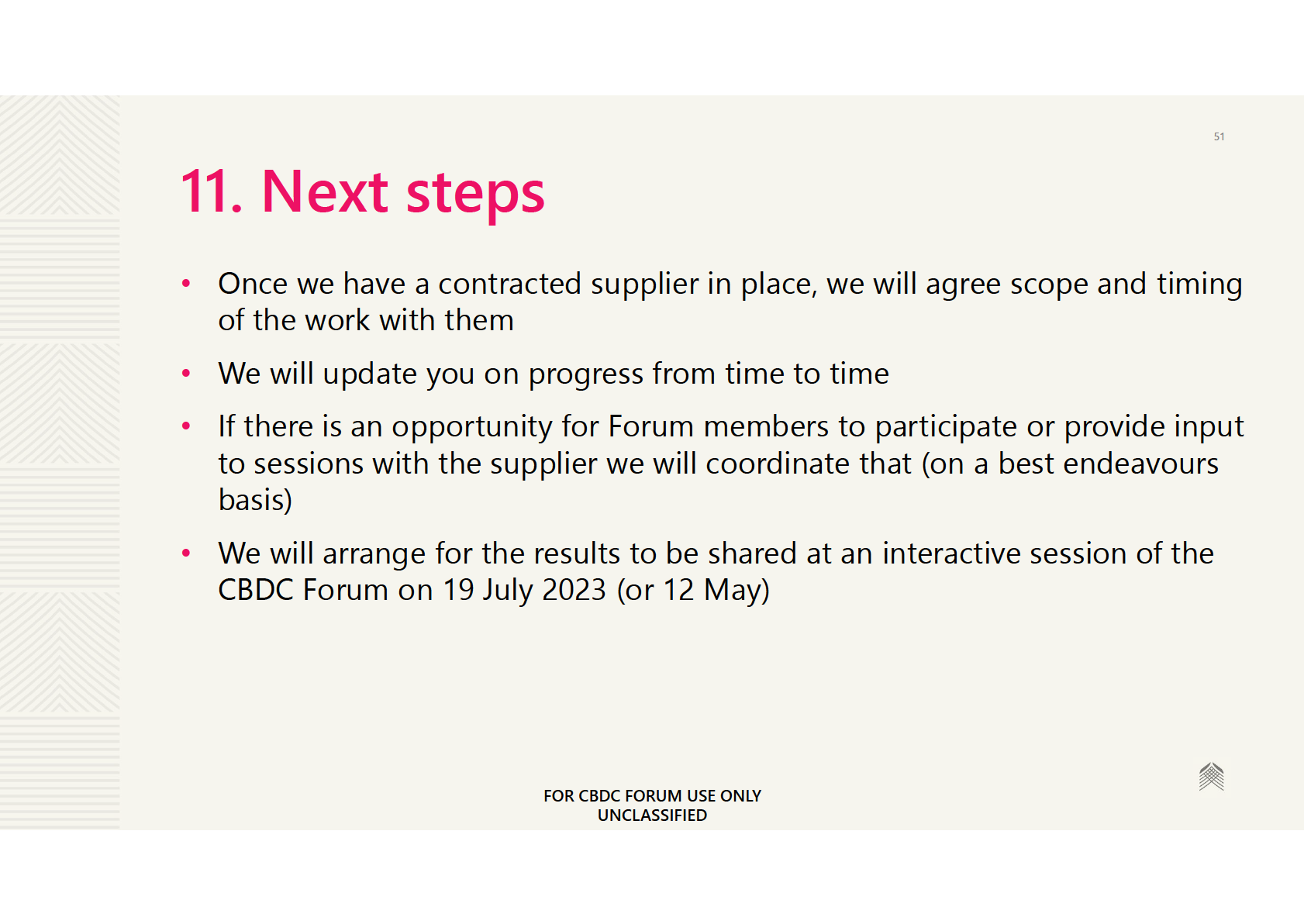



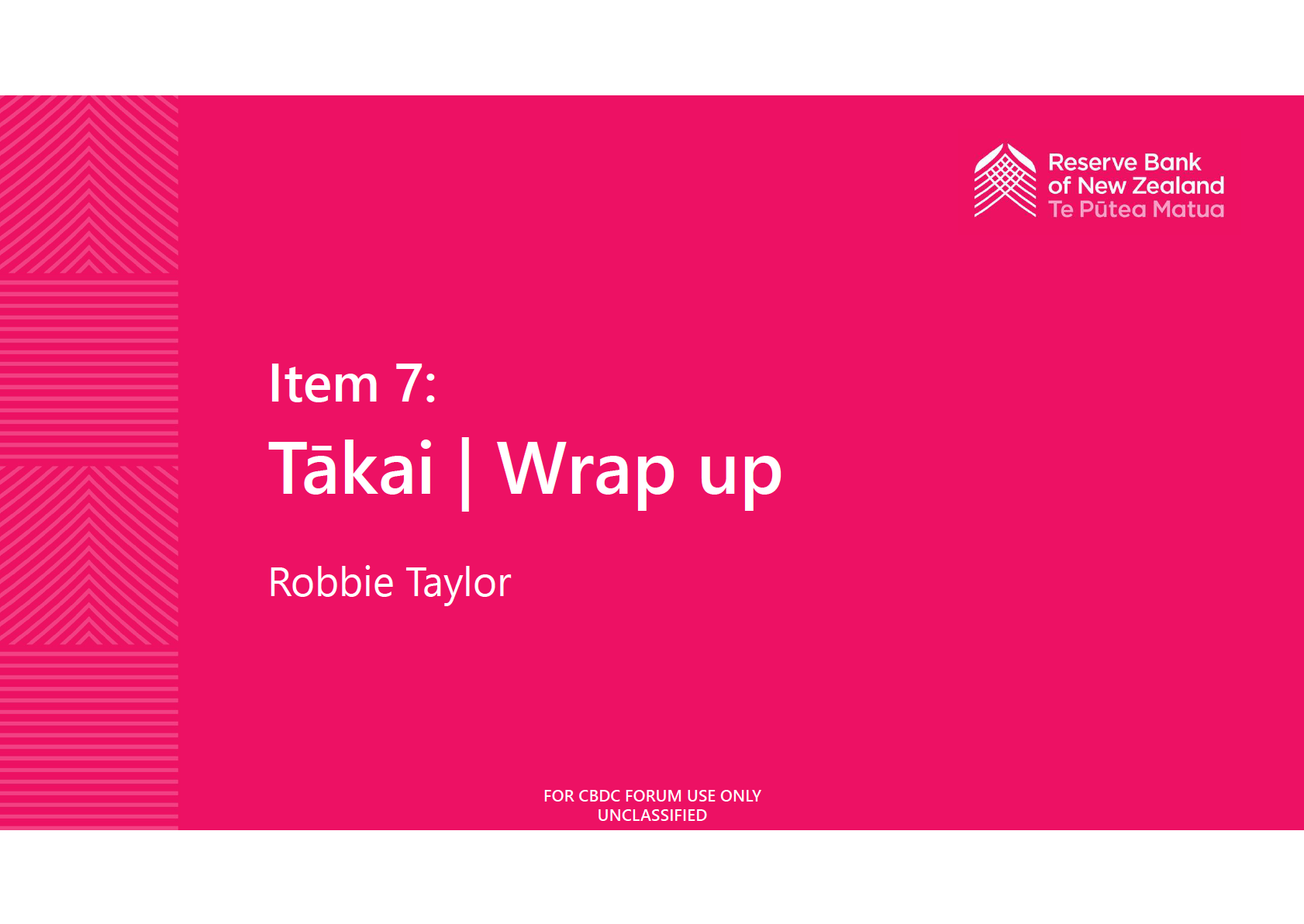
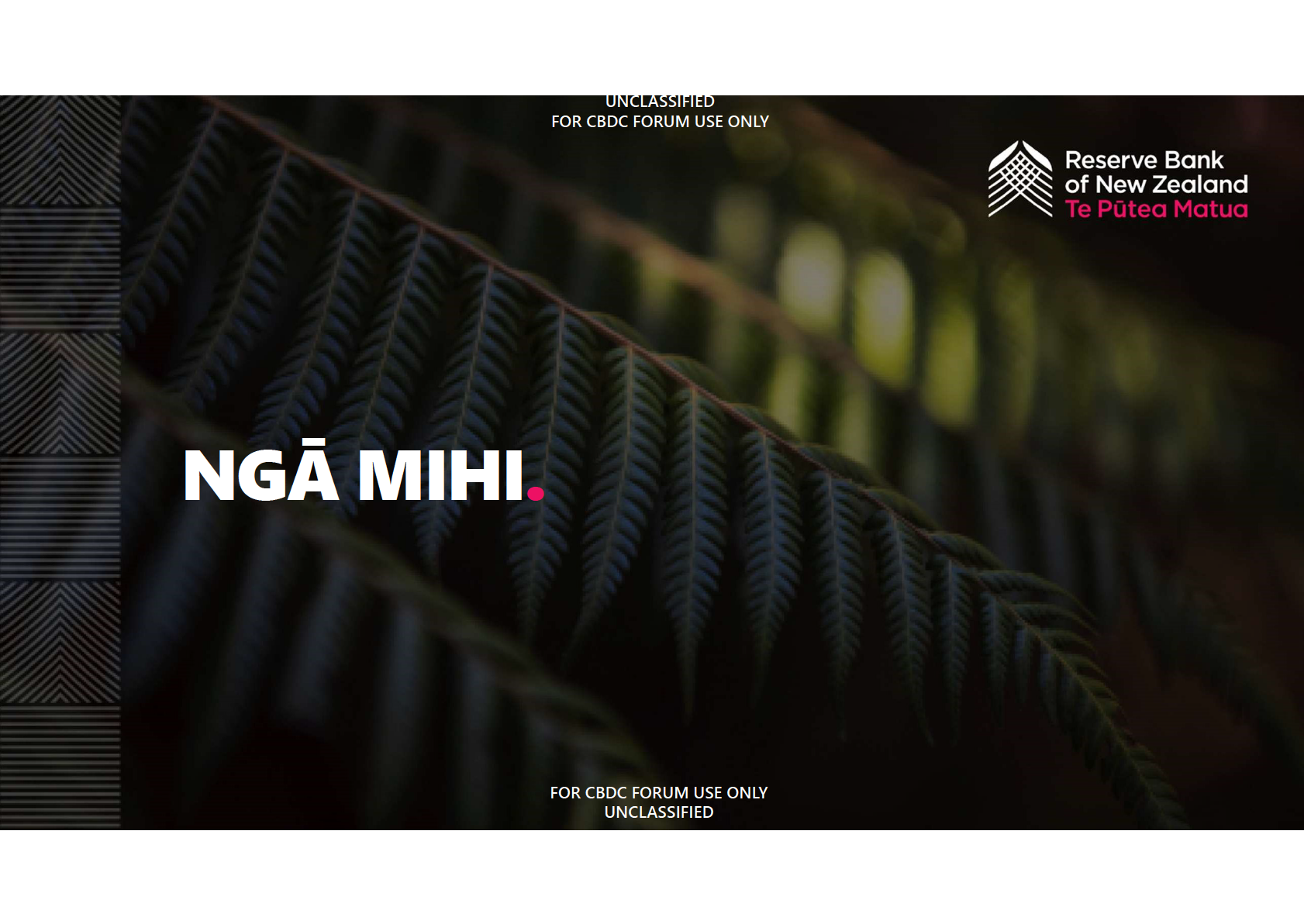
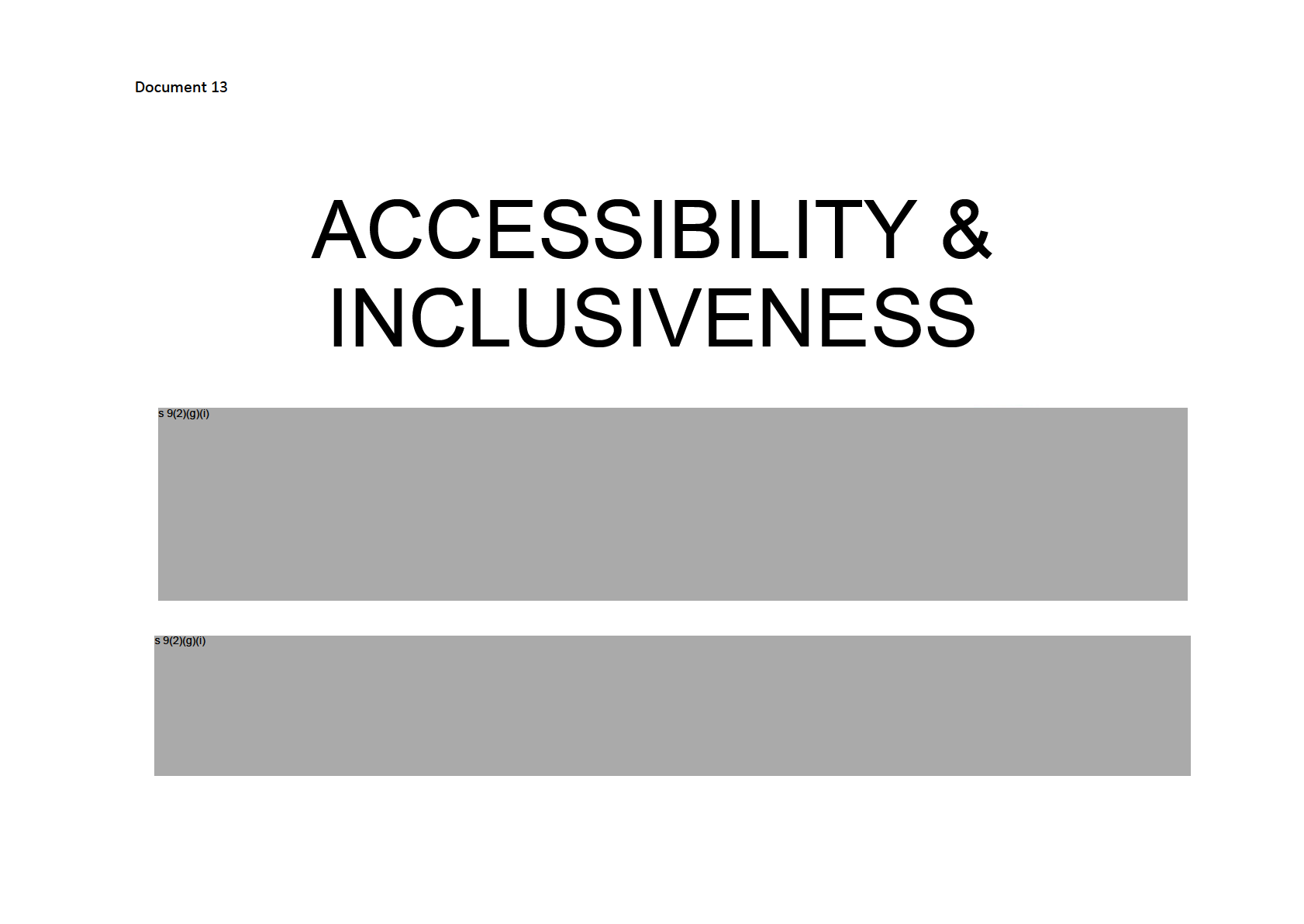
Social Model of Disability
Disability is something that happens when people with
impairments face barriers in society; in other words it
is society that disables us, not our impairments.
Even if we have the same impairment as someone
else we wil experience different opportunities and
barriers.
What is accessibility?
Accessibility is the design of products, devices,
services, vehicles, or environments so they can be
used by disabled people.
The concept of accessible design and practice of
accessible development ensures both "direct
access" and "indirect access" (the latter meaning
compatibility with a person's assistive technology).
Other ways to think about accessibility
• the quality of being able to be reached or entered
• the quality of being easy to obtain or use, and
• the quality of being easily understood or
appreciated
A place that can be easily entered or reached
by disabled people despite their disability, is
accessible. For example, a universal y designed
building.
A thing that can be easily obtained by persons with
disabilities despite their disability is accessible.
A thing that can be easily used by persons with
disabilities is accessible.
Types of accessible needs
Visual
Auditory
Motor/mobility
Learning/Cognitive
Psycho-social
Dual or more
Visual impairments
Vision impairment means that a person's eyesight
cannot be corrected to a “normal” level.
Auditory impairments
Hearing impairment means that a person’s hearing
cannot be corrected to a “normal” level.
Motor/Mobility impairments
Those who use:
Power or Manual wheelchairs
Mobility Scooters
Walking frames
Crutches
Learning/Cognitive impairments
This covers a range of impairments including
learning disabilities (intel ectual disabilities) called
learning disabilities by those who have the
condition themselves.
It also refers to those have hidden disabilities such
as Autism, ADHD, dyslexia, and those with
conditions such as dementia, and so on.
Psycho-social impairments
These cover those with mental health conditions
such as schizophrenia, bipolar, depression, anxiety
and others.
Dual Impairments
Any disabled person can have more than one impairment
It is common for some impairments to have co-occurring
conditions
Solutions to Accessibility Issues
Assistive Technology is one common solution. For
example those with visual impairments may use
screen readers, those who are Deaf may use NZ
Sign Language.
However technology is not enough on its own if
accommodations are not made.
5 A’s of Accessibility
• Affordability
• Availability
• Accessibility
• Accommodation
• Acceptability
Affordability
Access to digital currency needs to be affordable.
What is affordable to one socio economic group in
society is often a barrier to others, notably those
who are in the low socio-economic band.
Availability
This refers to areas of accessibility such as
urban versus rural where both the needs and
availability of access may vary
Accessibility
To be accessible, information and communications
must be provided in formats and languages that
disabled people can access independently, without
relying on other people, and is compatible with
assistive technology, such as computer screen
readers. Essential y, it’s free of barriers.
• Accessibility is the measure of how easily people
can access and engage with information and
communications.
• Information and communications include any printed
or online information in pamphlets, brochures,
websites, online applications, forms or ways that
people access and engage with information and
services.
• Having accessible information and communications
recognises the diversity of New Zealand. It considers
alternate formats (e.g. Easy Read, large print, brail e,
audio, and New Zealand Sign Language [NZSL]).
Accommodation
• Ability to access digital currency when
required
• Communication
• The fit between how resources are organised
and the ability of the person to access and
use them
Acceptability
Cultural barriers and preferences
This is especial y important in considering
other languages and Te Ao Maori perspectives
What are the barriers for Disabled People?
The two biggest ones also apply to non-disabled people:
Financial education and technological resources
Statistics estimate around 33% of people worldwide are financial y
illiterate.
Disabled people would likely be excluded from being able to use
digital currencies (or any other innovations related to associated
blockchain extensions without accessible user interfaces that al ow
them to search for blockchains and interpret the result).
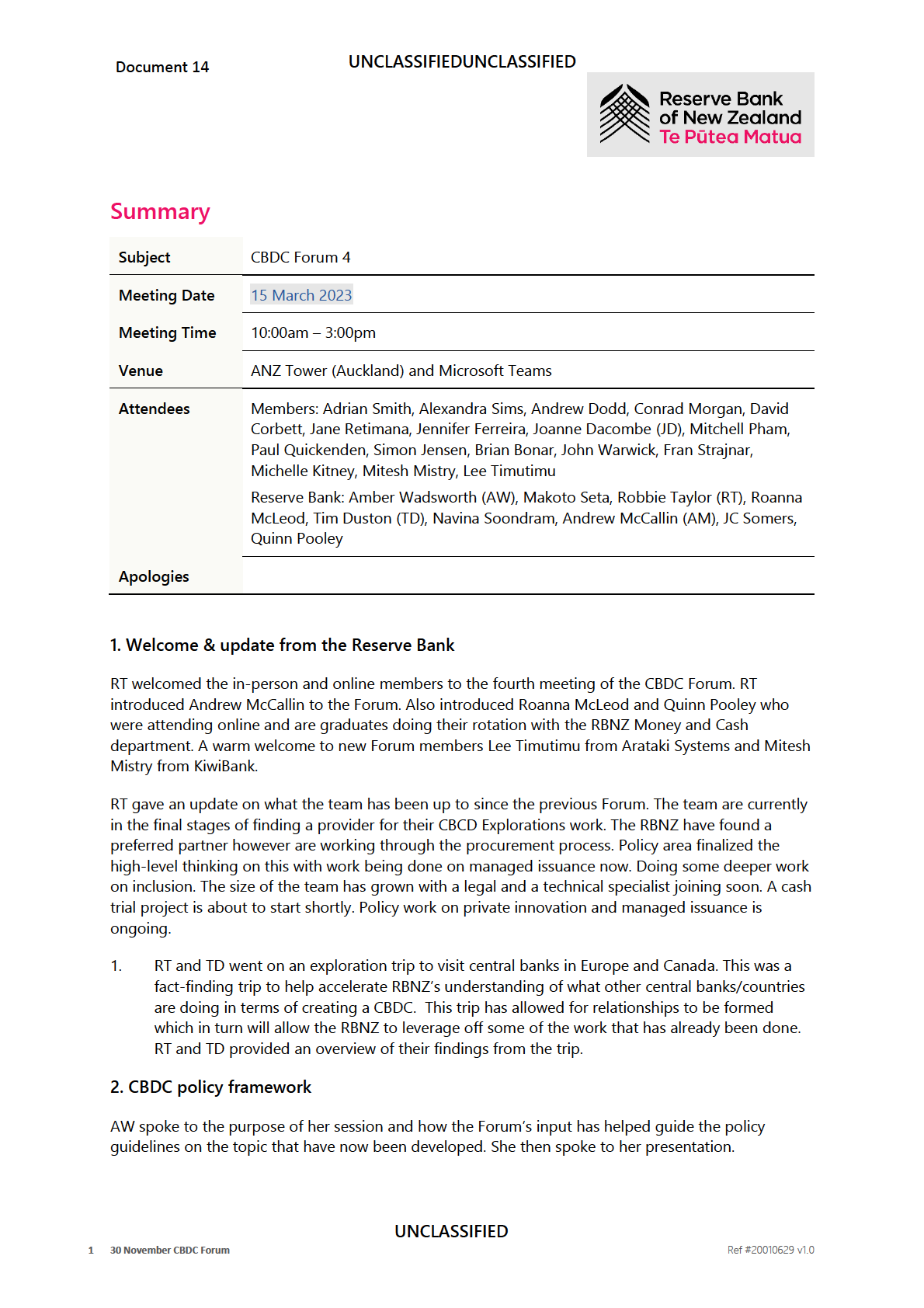
UNCLASSIFIED
Members were asked to provide feedback on whether our principles are fit for purpose, with new
learnings coming through are they still applicable and do we still agree with them? Herein lies an
opportunity for Forum members to be involved in shaping RBNZ’s thinking. Some views are captured
below:
Members discussed how to issue CBDC in a way that it doesn’t cause undue harm to the
current money system, and noted that most other central banks have the position that a CBDC
will not be remunerated (i.e. receive interest).
A Forum member discussed how market demand is impacted by the design of a CBDC. For
example, if a CBDC could only can be held by natural persons, than that would constrain a lot
of usage and innovation.
The Forum discussed the difference between privacy (how data is used and what data is used)
and anonymity (no data at all is collected). The Forum concluded that CBDC is not able to be
anonymous as its digital so some data is always collected, and there will still need to be
AML/CFT compliance requirements. The Forum acknowledged the need for users to feel some
control over what is collected and how it is used.
There will need to be trade-offs and assessments between the principles, i.e., between privacy
and AML/CFT compliance requirements. Design principles are not intended to be solutions,
but to help articulate outcomes and provide guidance on decisions. Any decisions made
cannot be made in isolation with respect to just one principle, as some decisions will touch on,
and have a cascading impact across, multiple principles.
The Forum observed that the principles seem to focus on the movement of money, and they
questioned where the idea of ‘store of value’ sits. The Forum noted that the integrity principle
includes the concept of reliability. The Forum also noted that the principles should cover the
notion of the utility of a CBDC.
The question was put forward that if there are limits on the transactions, holdings or number
of wallets, what principle would this fall under. AW advised that managed issuance is the
principle it comes under, from a financial stability perspective.
AW noted that RBNZ does not yet have a position on all of these issues, and she would capture the
feedback themes from these discussions.
3. Forum supporting design exploration
TD and AM gave an overview of the work being done in regards to the design explorations. Expecting
to start with the supplier from April. Will work with them between then and end of June. This will work
towards the indicative business case. Looking at things from a high level with a short list being created
of possible design options for a CBDC model that fits our policy objectives and outcomes.
An invitation was put to the Forum to commission an exploration area and have the supplier run a
workshop on that area in a future Forum meeting.
The question was put to the Forum to help define what the supplier is commissioned to do. The
Forum discussed the following long list of candidates:
If we take as an assumption that there’s a lot of value to be unlocked in Layer 21 (overlay
services that are commercial value-add propositions that sit on top of a CBDC Platform), how
does that impact our decisions on the design of a CBDC. It was suggested most of the high
1 Note, that in RBNZ parlance, Layer 2 is described as an overlay service.
2
30 November 2022 CBDC Forum Summary
UNCLASSIFIED
Ref #20010629 v1.0
UNCLASSIFIED
value cases is not in basic payments area, but in extended financial instruments that can be
developed. Most impact would be about financial instruments innovation space Layer 2. If this
is a belief, what design decisions are needed, i.e., limit on wallets only being held by natural
persons would stop or constrain any Layer 2 work being achieved.
If you want your carbon footprint be offset as you spend your money, would need your CBDC
money supply being held by smart contracts.
Understanding how several large investment, infrastructure and projects can run concurrently,
and the dependencies and relationships between them. This included a potential real time
payment system, digital ID, open banking etc. The Forum also discussed the need to
understand how a CBDC could fit in the wider financial system. CBDC payment use cases, such
as P2P, wallet to wallet etc.
Understanding how a user’s CBDC holdings can be funded and defunded from other forms of
money such as that held in commercial bank customer accounts. Programmable payment use
cases, including smart contracts (this excludes programmable money, being whether the actual
representation of money has built-in constraints on how it can be used – on which the Forum
noted most central banks are not pursuing)
The offline payments was considered a very important functionality to explore, particularly in
the context of, natural disasters, and considering CBDC from the view of environmental
sustainability.
Designing for how a CBDC and its distribution model can support inclusion and accessibility,
including those in underrepresented communities, those affected by the digital divide, and
those with challenges accessing banking services. Considering looking at how resilient it can
be. Cyclone Gabrielle has shown us that we need to look at resiliency longer than just seven
days.
Regardless of what is commissioned, it would be useful to understand: the “will not vs cannot”
dimensions of a CBDC; how to keep it simple; and how to ensure a CBDC remains adaptable
and flexible; and how it can underpin equality and equity.
Following the break, TD themes up the commissioning candidates to:
1. Use cases (including: offline; P2P; wallet-to-wallet; funding and defunding CBDC holdings;
overlay services; government payments, etc.)
2. Interrelationships and dependencies between CBDC and other financial and digital systems
(current and future)
3. How the design and distribution of a CBDC can best achieve inclusive outcomes
Forum members agreed commission #1 above on use cases. The CBDC team will liaise with the
supplier in due course, and look to undertake the work necessary to run an interactive session with the
Forum on this area.
TD requested that each Forum member think of, from their own perspective, what the top 3 (or more)
descriptions of what success looks like for a CBDC, and send back to RBNZ.
4. Member-led session: Accessibility and inclusiveness –s 9(2)(g)(i)
s 9(2)(g)(i)
introduced the Social model of disability. Most things are designed for the majority, not the
minority that disabled people fall under.
3
30 November 2022 CBDC Forum Summary
UNCLASSIFIED
Ref #20010629 v1.0
UNCLASSIFIED
All redactions on this page s 9(2)(g)(i)
When talking about accessibility, there is a concept that items ought to be easily attained. For a
disabled person, this often isn’t the cases gave the example of shopping for a vibrating alarm clock
for blind people. One cannot go and purcha
9(2) se one without having to apply and get funding approval
in NZ.
Solutions to accessibility issues: e.g., audio captions for a blind person, preparation and planning
needs to be a critical feature of any design process.
There are different types of accessibility needs, including visual, auditory, motor/mobility,
learning/cognitive, psycho-social, dual and mores proceeded to give examples of each of these, i.e.,
visual impairments can include total blindness, low visi
9(2)
on, colour blindness, etc.
5 A’s:
Affordability – quite often disabled people are in the lower socio-economic band. Due to lower
earning capability.
Availability;
Accessibility;
Accommodation;
Acceptability.
What are the barriers? Financial education and technological resources. Lack of access and lack of
understanding. Many organizations aren’t aware of the disabled society or what can be done to ensure
the 5 A’s are being covered. There are reference guides that help guide people. Companies that have
accessibility culture will ensure it’s adhered to by everyone.
Designing for disability would enhance the design for all. Shouldn’t be seen as a cost drag on what you
do but enhancing it for ALL users. It is easier if you have the designs incorporated at the start instead
of having to change these retrospectively. This is also more cost effective and efficient in the long run.
Universal Design is the way to go. Should be designed for everyone. Need to look at enabling
everyone, regardless of what impediments they may face.
Accessibility doesn’t mean universal. Equality doesn’t mean equity.
s 9(2)(g)(i)
s
said that the challenge
would like to put out is that whoever designs the CBDC takes accessibilit
9(2)
y into account.
5. Open discussion
RT solicited member views on any particular themes they wished to talk about or reflect on.
To what extant has the conversation been had as to what CBDC will solve? It will not replace
cash. Mandate is to meet the needs of the public with bank notes and coins. This remains
unchanged.
Work still needs to be done to work out what it is that we want from CBDC in a New Zealand
context.
Solving known issues with cash and then looking at all the new possibilities that a CBDC will
open. What are things that CBDC can do that we can’t do with cash or the current payments
and money system? One Forum member challenged the group to not be constrained by the
characteristics of cash, and to be open minded to the future potential.
One Forum member questioned what is the primary driver for wanting to have a CBDC? This
should form your non-negotiable choices, and to ask “What is the primary reason a CBDC will
add value to NZ?”.
4
30 November 2022 CBDC Forum Summary
UNCLASSIFIED
Ref #20010629 v1.0
UNCLASSIFIED
Noted that the work program is planning to complete a business case by the end of
December, for a funding commitment to undertake Stage 3 covering a deeper exploration of
issues. This includes a design option(s) that best align with our policy outcomes and objectives
AW summarised the key feedback session.
6. Wrap up
RT reminded the group of the date for the next Forum is 12 May 2023. RT will be on parental leave
then but will be back for the July Forum.
Members suggested the following potential issues for the next Forum:
Members would like a detailed programme timeline and to have a thorough understanding of
where things are progressing along it.
Could have member-led sharing of how things are going in real-time payments.
Maybe get a guest speaker with someone from ANZ Australia to give an update on their pilot
activities underway with the Reserve Bank of Australia.
Would like some preliminary results being shared from the Future of Money submissions that
is closing at the start of April.
RT mentioned the trial adoption of Slack, as it allows for an opportunity to interact more and
communicate easier for discussion with Forum members in between the Forum sessions. A one-pager
of instructions will be sent out to the Forum members shortly.
RT reminded members that the current T&Cs for this Forum was set up for 12-months. A survey will be
sent out asking for some feedback from members, how the format can be improved.
RT thanked everyone for attending and closed the meeting.
5
30 November 2022 CBDC Forum Summary
UNCLASSIFIED
Ref #20010629 v1.0










